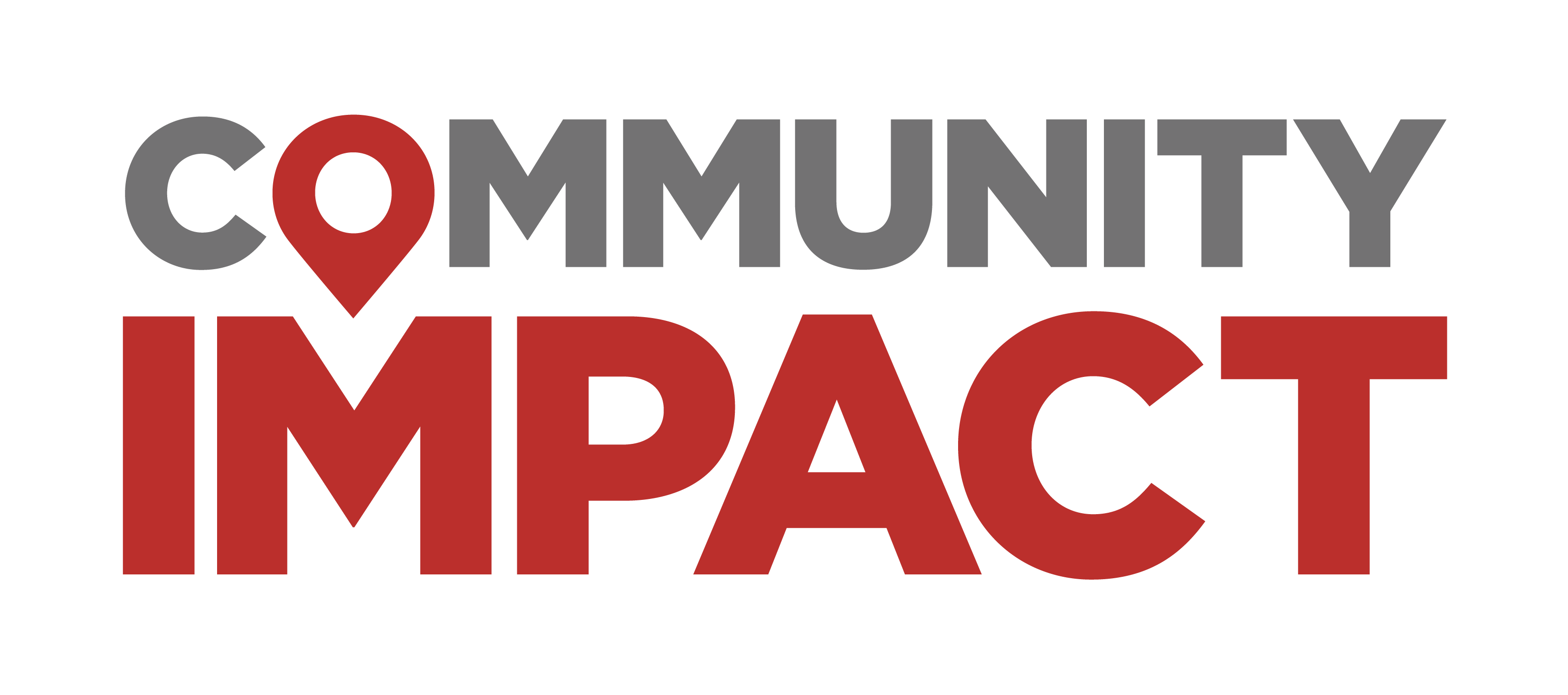By the numbers
The Supplemental Nutrition Assistance Program, or SNAP, is a federally funded program that provides low-income individuals and families with monthly stipends to spend on groceries.
In Travis County, more than 87,000 people from about 45,000 area households are expected to be impacted by SNAP losses. Local leaders estimate those benefits now total more than $16 million every month.
County staff said even if the government reopens soon, there would be a significant delay before individuals receive benefits. The currently outlined federal contingency funding also falls short of covering the full need, meaning Texans are expected to receive only about half of their monthly allotment.
Additionally 9,000 federal employees in Travis County are currently going unpaid or have been furloughed, according to county staff. This includes airport staff such as TSA agents, Customs and Border officers, and Federal Aviation Administration air traffic controllers as well as active military personnel.
Local action taken
The county’s funding will be awarded to the Central Texas Food Bank, which distributes millions of meals across the region through a network of more than 107 local partner agencies.
The food bank will be offering dozens of food distributions in the weeks ahead, said Sari Vatske, CEO of the Central Texas Food Bank. The organization has also opened dedicated food-distribution sites for federal workers and their families.
The nonprofit has resorted to tapping millions of dollars in its reserves to stock up on additional food. Beginning in November, the organization has seen a significant increase in its typical food aid, totaling roughly $2 million weekly to support those impacted by the government shutdown.
“We are seeing about double participation in the distributions that we scheduled [this past week], and we don't anticipate a slowdown for the foreseeable future,” Vatske said.
The nonprofit urges anyone in need to visit the food bank’s website. Visitors can click “Find Food Now” to use an interactive map to view any of the mobile pantry distributions or 250 partner agencies.
Below is the mobile pantry distribution schedule for Travis County and nearby locations. Food is distributed on a first-come, first-served basis while supplies last. For more information, call 512-282-2111 or visit www.centraltexasfoodbank.org/find-food. Individuals can also call 211 for additional resources.During an Oct. 31 press conference, Travis County Judge Andy Brown said those in need can also visit food pantries at any of the county's six community centers. While residents are typically limited to one visit per month, Brown said the county has waived that requirement to increase access during the shutdown.
Action from the state
Texas Sen. Sarah Eckhardt, who oversees the Austin area, told county officials state leaders are evaluating ways to provide the missing federal funding for SNAP recipients.
“Our office is taking a look at all budgetary options for the state to fill this gap, along with our local partners,” she said. “... We need federal, state and local partnership on these sorts of issues. When one of our partners steps away from the table, the other two partners take on a bigger burden.”
In an interview, Eckhardt said state leaders have asked Gov. Greg Abbott to use discretionary “Rainy Day” funds that don’t need legislative approval. The money would come from existing funds the governor’s office can reallocate.
One of the funds being considered is the Surplus Agricultural Products Fund, which is already used to help food banks access locally produced food, Eckhardt said.
“It's just a matter of infusing it with more funds than it currently has,” she said, adding that this type of quick funding has occurred before. “... If [Abbott] can do it on border issues, he can certainly do it for Texans who are struggling with food insecurity.”
Looking ahead
Calling it the “perfect storm,” Vatske said a combination of circumstances has led to the level of impact seen across the region.
Over the last decade, the organization has seen a steady rise in food insecurity. In recent years, the nonprofit has served over 600,000 individuals annually—which is more than at the height of the pandemic, she said.
“The food bank has been through a government shutdown before, but that did not include a lapse in SNAP benefits, and it was not during the specter of Thanksgiving approaching. So this is an unprecedented time for everyone,” Vatske said.
Additionally, the industry is dealing with supply chain constraints. Nationwide demand is creating inventory backlogs and pushing up costs, while rising prices for items like beef are affecting both local food banks and the families, Vatske said.
For those interested in helping, Vatske said monetary donations are the most impactful. For every dollar donated, the food bank is able to provide three meals. Find additional information here.
“That money provides the most flexibility for us to be able to mobilize with food in as many locations as possible,” she said.
Hannah Norton and Ben Thompson contributed to this article.





